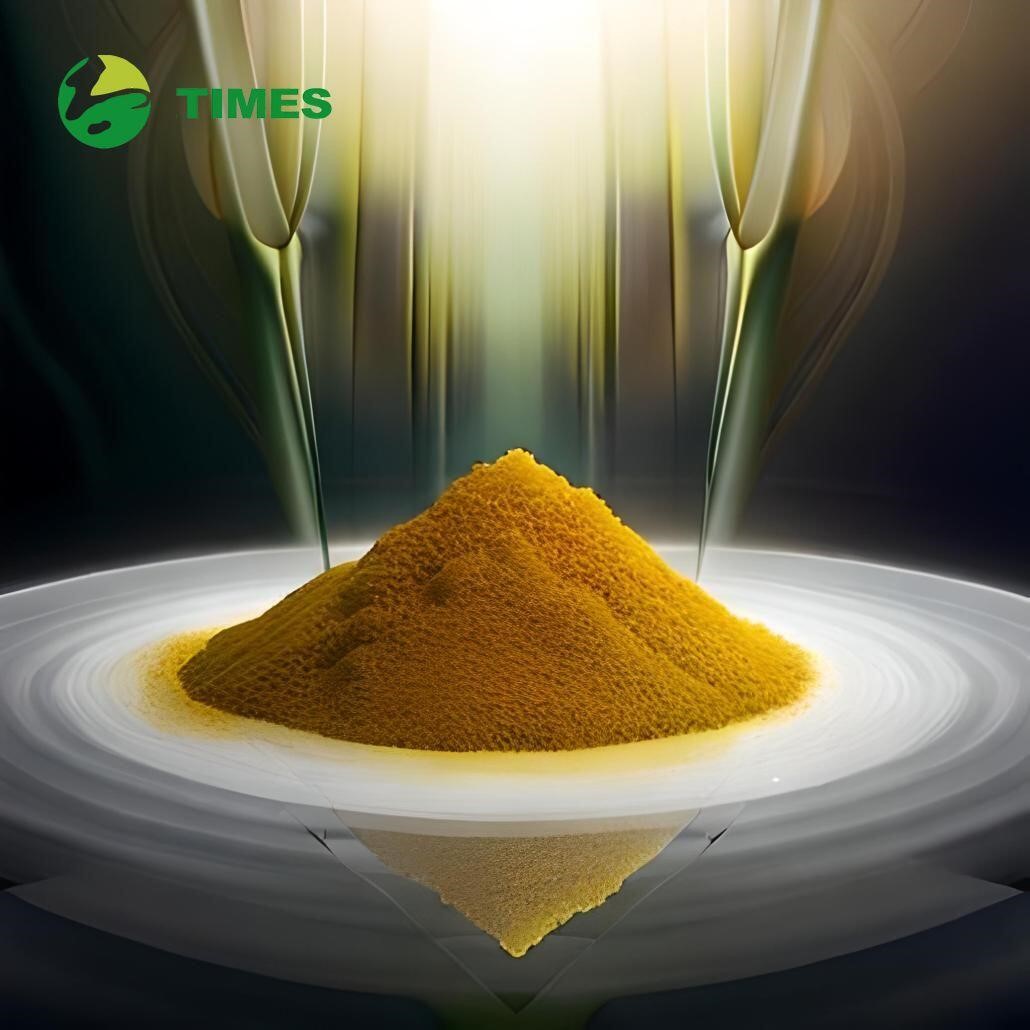Berberine HCL is an alkaloid that has the form of yellow crystals. It is an active ingredient widely found in herbs such as phellodendron amurense, berberidis radix, berberine aristata, berberis vulgaris and fibraurea recisa. Berberine HCL has been used in traditional Chinese medicine for thousands of years and is believed to have various effects such as antibacterial, anti-inflammatory, antioxidant and anti-tumor.
Application fields: Due to its multiple benefits and wide application fields, Berberine HCL is widely used in the fields of medicine and healthcare. The following are some common application areas:
Control blood sugar: Studies have shown that Berberine HCL can increase insulin sensitivity, reduce liver glycogen production, and regulate blood sugar levels. Therefore, it is very helpful for diabetes management.
Support cardiovascular health: Berberine HCL can lower blood lipid and cholesterol levels, prevent atherosclerosis and cardiovascular diseases.
Regulates the Digestive System: Berberine HCL is antibacterial and anti-inflammatory, which can help treat issues such as gastrointestinal infections, indigestion, and irritable bowel syndrome.
Anti-tumor effect: Studies have shown that Berberine HCL has the potential to inhibit the growth and spread of tumor cells, and it is helpful for the treatment of certain types of cancer.
Raw material price trend: The raw material price of Berberine HCL has fluctuated in recent years. Due to the extensive research and application of its efficacy, the market demand is constantly increasing, resulting in tight supply of raw materials and rising prices. In addition, due to factors such as planting conditions and weather, the output of plant raw materials sometimes fluctuates, further affecting the price of Berberine HCL. Therefore, it is important to be aware of market trends and raw material availability when purchasing and producing Berberine HCL.
Post time: Aug-10-2023

